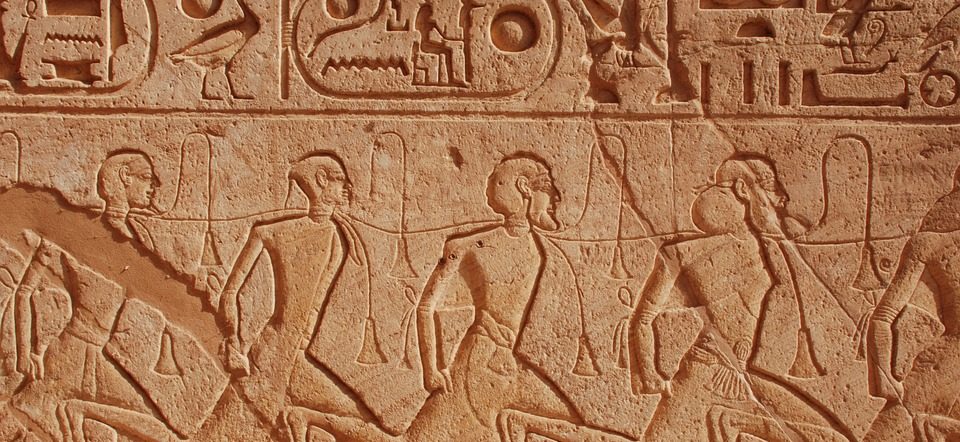The original Rosetta Stone was discovered more than 200 years ago. Containing the same message in three different languages including Egyptian Hieroglyphic, Demotic, and Greek, the Rosetta Stone unlocked the language of the ancient Egyptians to the rest of the world. Why does that matter? Understanding the language of one of the most powerful and technologically advanced nations in history led to hundreds of discoveries and advancements for all humankind. Maybe we can do the same for the CAD industry.
Lost In Translation
 The problem, prior to that 1799 discovery, was that civilization knew that ancient Egypt had done so many great things to become and remain so powerful for so long. However, scientists at the time could not determine how they did the things they did. They could not understand their language. So many things were unknown without a translation of Hieroglyphics:
The problem, prior to that 1799 discovery, was that civilization knew that ancient Egypt had done so many great things to become and remain so powerful for so long. However, scientists at the time could not determine how they did the things they did. They could not understand their language. So many things were unknown without a translation of Hieroglyphics:
- What did they create?
- When did they create it?
- How did they create it?
- How long did it take?
- What were their secrets to success?
- Who was involved (leaders, followers, contributors)?
Until scientists could understand the language of the Egyptians, they could not know any of the answers in the above questions. Furthermore, the answers to those questions led to many more questions and then the applications of the things the Egyptians discovered.
Back to the Future
Why is the Rosetta Stone applicable today, specifically in the AEC or BuiltTech space? For that answer, let’s take a step up and back to 100,000 feet above the internet. The internet changed everything because it provided for the free flow and exchange of information. Except when different software packages speak different languages, like they do in the BIM world. There’s IFC, Revit, Tekla, Grasshopper, Ram, SAP2000, ETABS, Excel, Rhino and many other tools, each of which has loyal, if not large, followings.
Any given BIM-based project (which is all of them now, right?) may last 1 to 5 years and involve dozens of different models and analyses. How can the project leader know who created what, when they created it, how they created it, what they changed from previous models, and who else contributed?
The BIM industry needs a Rosetta Stone. The Egyptians used Hieroglyphics to communicate. The non-Egyptian world spoke Greek. Neither could communicate with the other unless there were a Rosetta Stone. That’s how they communicated at the time. We just discovered it a few thousand years later!
The same issue exists today in the BIM industry. The difference is that today we are speaking far more languages and no movement towards a standard platform for BIM communication. Autodesk has promised something like this in its “Project Quantum”, but Autodesk is not known for sharing data outside of their walled garden. In other words, if someone uses only Autodesk products, they will be able to move data throughout that ecosystem. If not, the problem persists.
Time Bandits
In the BIM space, there are Architects, Engineers, Contractors, Owners, Designers, Fabricators, and Installers. Everyone speaks a different language. Each person uses their favorite tool to get their job done. But the architects need to share BIM data with the engineers; engineers need to share BIM data with contractors; contractors need to share BIM data with designers, fabricators, and installers.
The current ‘standard’ calls for printing a 2D model on paper or sending it as a PDF. In other words, there is no means of automatically “translating” that data from one program into another. The industry wastes massive amounts of time and energy printing 2D versions in order to redline and coordinate during regular meetings over the life of a project.
The BIM Rosetta Stone
How much time could be saved in every meeting on every project every week of every year if everyone spoke the same language, across the internet, between every different BIM tool?
AEC needs to catch up with technology. BIM has long needed a Rosetta Stone. That Rosetta Stone is here.





Thornton Tomasetti
KONSTRU’s user - friendly data environment makes 3D BIM collaboration a breeze. Our web-based platform translates data between building design and analysis applications so models can be synchronized without needing to be reworked. Designers no longer have to waste valuable hours reentering models into their preferred software, so KONSTRU can save time and money – and eliminate the risk of entry errors.